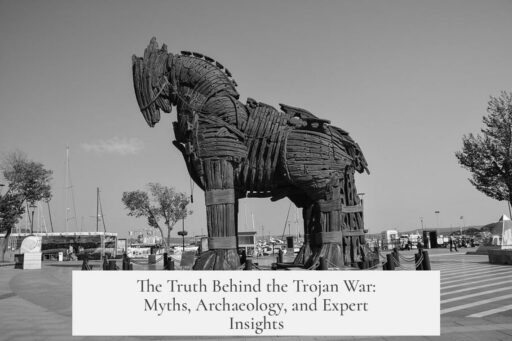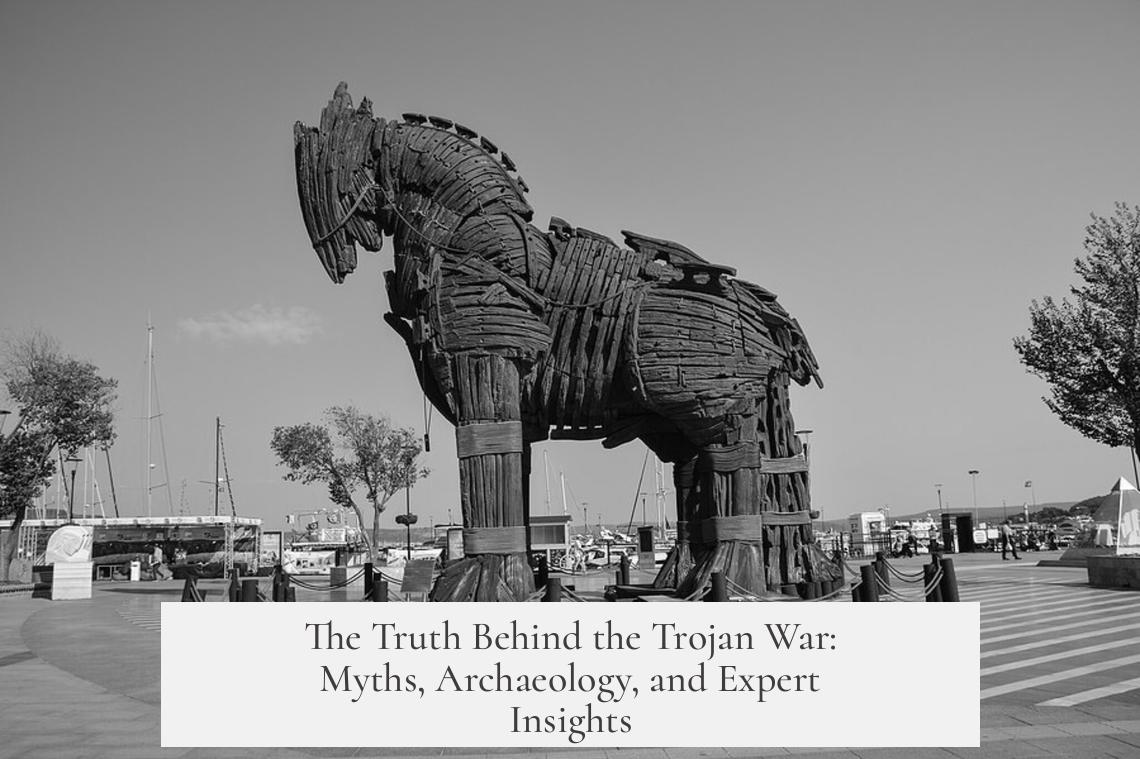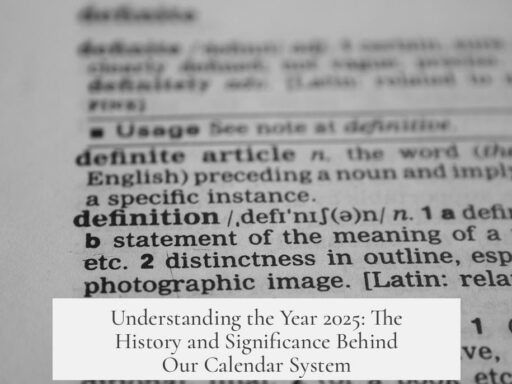The Trojan War, as described in Homer’s Iliad, is not a historically factual account but rather a mythologized narrative based on a real Bronze Age conflict involving the city of Troy. Archaeological findings confirm that Troy existed and was likely the site of warfare around the late Bronze Age, yet the detailed epic tale is a product of centuries of oral tradition and literary embellishment.
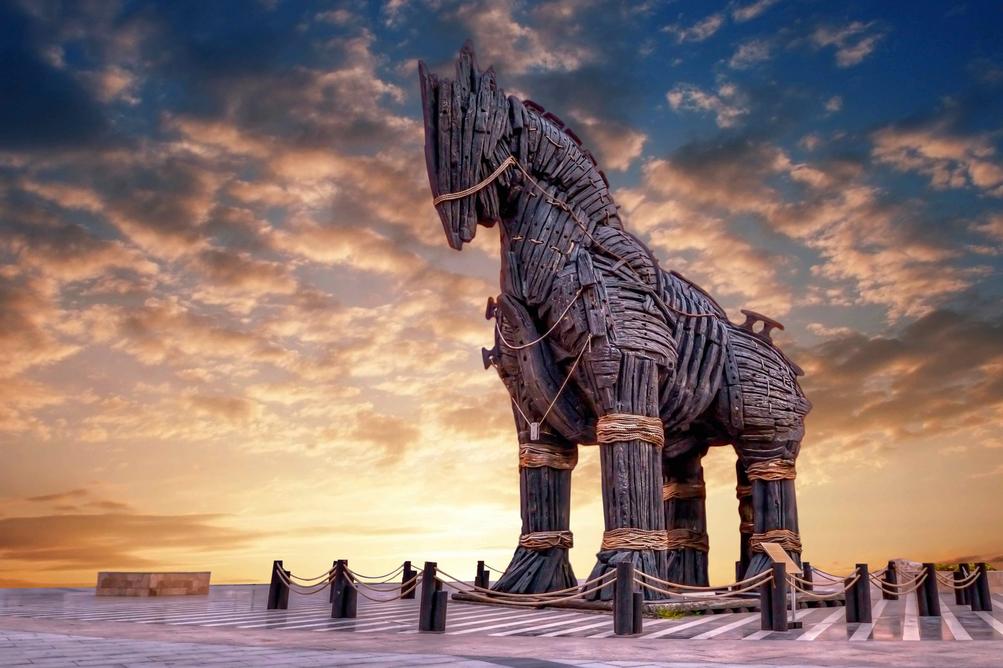
The mythological stories about the Trojan War, dating back to the 7th century BCE and later, hold a similar historical status to other ancient Greek wars portrayed in legend, such as the Seven Against Thebes and the campaigns of Herakles. These narratives were popular and influential, comparable in cultural weight to tales like that of Jason and the Golden Fleece or the Titanomachy—the battles among gods. This popularity does not imply historical accuracy. Instead, it illustrates how ancient Greeks understood their heritage through poetic and mythic frameworks rather than precise history.
Archaeology provides a more concrete but partial picture. Excavations at Hisarlik, the site identified as Troy, show a city that flourished during the late Bronze Age before declining around 1170 BCE and being abandoned by about 950 BCE. This timeline roughly aligns with the traditionally accepted period of the Trojan War—circa the 12th century BCE. The archaeological layers reveal a city complex reflecting multiple cultural influences, including Anatolian and Aegean elements.

However, the Troy referenced in the Archaic era (circa 700-500 BCE)—the time when Homer was composing or shaping the oral traditions—is ethnically and culturally distinct from the Bronze Age Troy. Signs of Greek colonization and civic cults, such as that dedicated to Ilian Athena, appear in the later city layers. These details suggest that the Greeks connected their own emerging culture with the legendary city through religious and social integration.
The critical issue lies in distinguishing the real historical events from the epic recounting. Scholars agree that a conflict or series of conflicts involving Troy likely occurred during the late Bronze Age and involved groups from both the Anatolian and Greek worlds. These interactions would have been complex, involving trade, warfare, and diplomacy. But the Homeric narrative—the detailed siege, the heroic duels, gods intervening in human affairs—is a fictionalized version shaped by many generations of storytelling.

Attempts to validate the Homeric war by citing the existence of Troy and Bronze Age Greek-Anatolian relations are insufficient. This line of reasoning is flawed as it equates broad cultural and historical facts with the literal truth of mythic stories. It would be akin to considering a modern action film as a historical document because it features real cities or conflicts.
In sum, archaeological evidence confirms Troy’s existence and its importance in the late Bronze Age. There may have been wars or skirmishes resembling those in the myth, but the detailed events and characters in the Iliad remain literary creations. The epic war as Homer recounts is best understood as a symbolic and cultural narrative reflecting the values, memories, and imagination of ancient Greek society rather than an exact historical report.

- Troy existed during the late Bronze Age and was a significant city in the region.
- Evidence shows the city was declining around 1170 BCE and abandoned by 950 BCE.
- Bronze Age conflicts likely occurred involving Troy, influencing later myths.
- The Homeric Trojan War is a fictional, mythologized retelling emerging from oral tradition.
- Greek colonization and cult practices at Troy appear centuries after the Bronze Age.
- Simple confirmation of Troy’s existence does not confirm the historicity of the epic war.
Readers seeking further details and scholarly discussions can consult specialized resources such as the AskHistorians FAQ on the Trojan War and related expert analyses by historians familiar with the archaeological and literary evidence.
Was the Trojan War Real? Unpacking Myth, History, and the Mystery

Was the Trojan War a real historical event or just an epic tale spun by ancient poets? The short answer: a Bronze Age conflict at Troy likely occurred, but the famous war as described in Homer’s Iliad is a mythologized story shaped by centuries of oral tradition. Let’s dig into the layers of myth and rock to separate fact from fiction.
Every time someone asks about the Trojan War’s reality, minds wander to the famous wooden horse, mighty heroes, and divine interventions. But before we get carried away imagining Achilles’ wrath or Paris’ golden apple drama, consider the source: most of what we know comes from myths immortalized around the 7th century BCE—several centuries after the supposed events. That’s like relying on your great-great-grandparent’s campfire stories to describe World War II with accuracy—fun, but hardly a reliable history book.
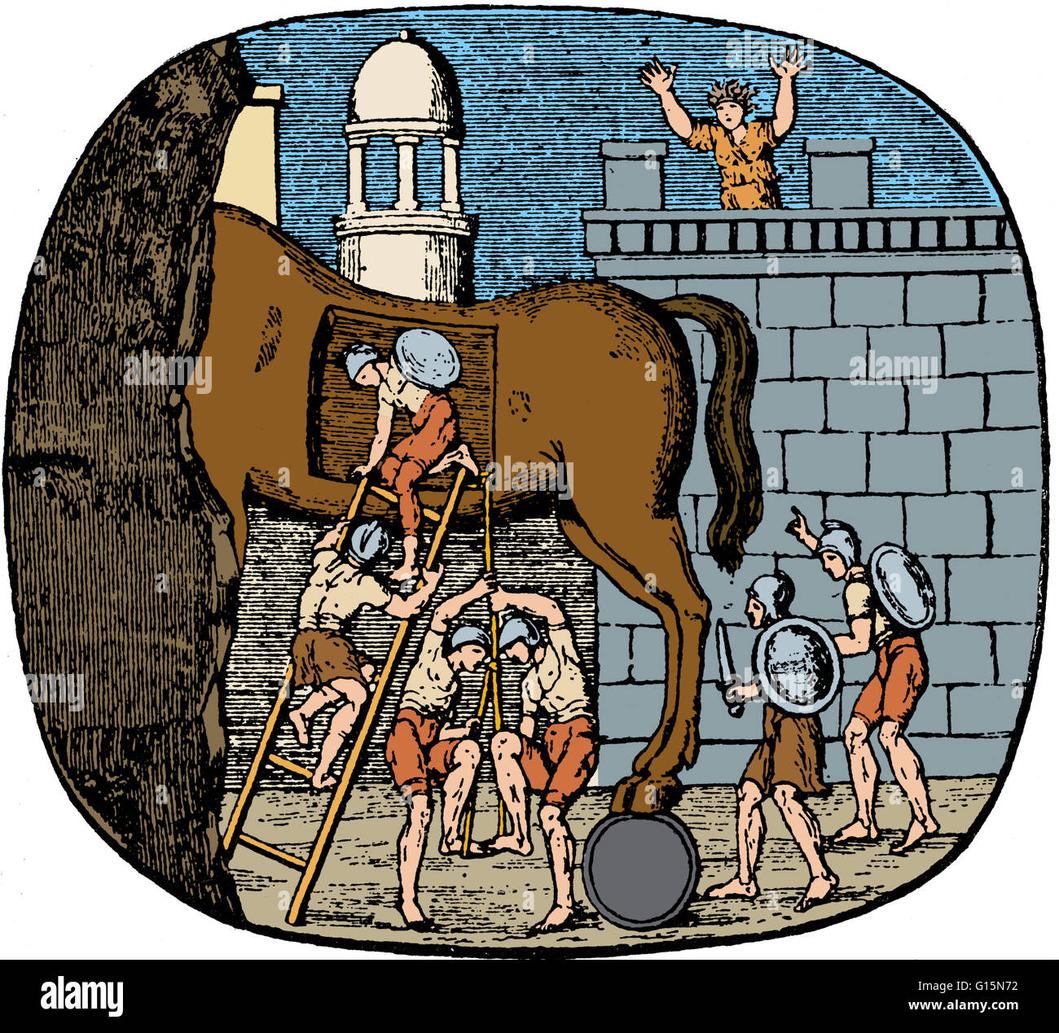
Mythological Material: When Epic Stories Outshine History
The Trojan War’s mythological roots stretch back to around 700 BCE, reflecting a storytelling culture that treats heroes and gods as the main characters. These tales enjoyed popularity similar to other mythical battles, like the war between the Seven against Thebes or Herakles’ adventures. In fact, the Trojan War occupies the same mythic furniture as Jason and the Golden Fleece or the cosmic brawl between gods and Titans.
“On this we have as much reason to regard the Trojan War as historical as in the case of the war of the Seven against Thebes, or Herakles’ wars.”
In simple terms? The ancient stories treat the Trojan War more like legend and less like history. These myths were cultural treasures, shaped for entertainment and moral lessons—not for accurate record-keeping.
Archaeological Clues: The City Behind the Legend
What about the dirt and ruins? Archaeology paints a fascinating picture. The city that inspired Troy existed through the Late Bronze Age and into the sub-Bronze period. Evidence shows the city gradually declined around 1170 BCE and was abandoned about 950 BCE.
Digging deeper, the layers reveal a Trojan city during the Archaic era (roughly 700-500 BCE) that looks remarkably like Homer’s description, but with some twists. The city’s ethnic makeup had changed by then—featuring a mix of groups, including Greek colonists. Greek names and even the worship of Athena Ilia appear in this layer, showing cultural blending over time.
So, the physical Troy was real and evolving. But the people living there during Homer’s poetic era probably were not those Bronze Age warriors we imagine charging into battle with gods on their side.
The Fallacy of Simple Cause-Effect: Myth Doesn’t Equal History
Many people assume: “Troy was real and Greeks fought Anatolians at one point — so the Homeric war must have happened too.” It’s a neat argument, but logic trips over itself here.
“By that argument John Wick would also be historical.”
Just because a city existed and interactions—or conflicts—occurred doesn’t mean the dramatic Homeric war took place exactly as narrated. Historical reality tends to be messy, not scripted by poetic license with divine cameos.
Scholarly Consensus: What Do Experts Say?
Experts have hammered out a balanced view: there was likely a Bronze Age conflict involving Troy’s city-state in some form. Perhaps a siege or battle occurred around that time, possibly contributing to the city’s decline. But the war described in Homer’s Iliad and the Odyssey is more epic poetry than documentary.
The oral tradition blurred and reshaped the story over centuries. Think of it as a game of historical “telephone” passed down from generation to generation, slowly turning it into a dramatic saga full of heroes, gods, and legendary feats.
The Bronze Age conflict and Homer’s epic share geography and cultural memory, but they are not identical events—one is history’s shadow, the other a radiant myth.
So What Can You Take Away About the Trojan War’s Reality?
- Troy was a real city with a long history of occupation and decline.
- There likely was conflict involving Troy in the Late Bronze Age, around 1200 BCE.
- The famous Trojan War narrative is a poetic and mythic retelling shaped by oral traditions centuries later.
- Mythology and archaeology together provide a rich but complex picture—one that refuses simple answers.
For history buffs and myth fans alike, the true beauty lies in this blend of fact and legend. What we call “The Trojan War” is really a cultural masterpiece—an epic forged in the fires of memory, myth, and human imagination.
Curious to explore more nuanced perspectives? The AskHistorians FAQ on the Trojan War is a treasure trove of detailed discussions, often exploring archaeological discoveries and scholarly debates that keep the story alive and evolving.
Final thought: Does it matter if the Trojan War was “real”?
In the end, whether Achilles was the ultimate warrior or Paris really launched that golden apple toss might not matter much for our enjoyment or cultural understanding. The tale teaches themes of love, honor, betrayal, and the transient nature of human glory. It reminds us how stories shape identity, legacy, and history itself.
So, ready to dive into Homer with fresh eyes, knowing it’s the brushstrokes of myth on the canvas of history? That’s the real treasure of the Trojan War—an epic human story that endures beyond time.
